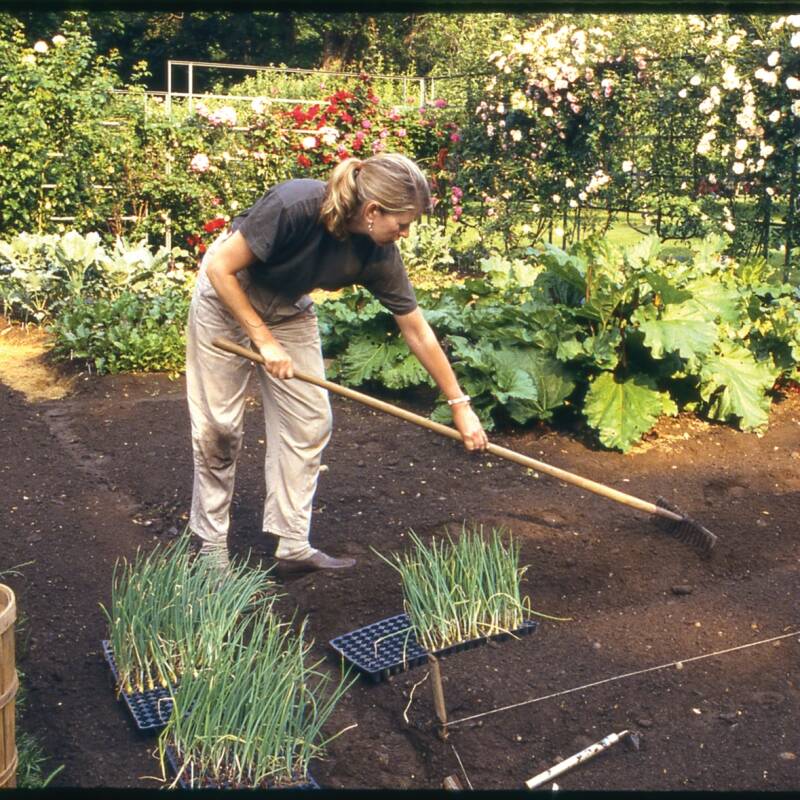She was born Claudia Alta Taylor in East Texas. The world knows her as “Lady Bird,” a name that does not even hint at her amazing vision and drive. In the 1960s, as First Lady to Lyndon Johnson, she literally changed the way America looked. She started by greening up Washington D.C., getting trees and flowers planted and unsightly garbage carted away.
It was Lady Bird who raised our consciousness about the blight of billboards on our highways, and urged their removal as well as the planting of wildflowers along federal roads. Her advocacy was no doubt a large factor in making it possible for the Johnson administration to pass 200 environmental bills including the Clean Air Act.
Photographs by Jeanne Rostaing.

The current rage for native plants is one of her most important legacies because her passion for them brought them to the attention of the general public for the first time. As she promoted the use of native species in landscape design, she began to realize that very little information was available about their cultivation.

So in 1982, when she was 70 years old, she and her good friend actress Helen Hayes created the National Wildflower Research Center. Lady Bird donated 60 acres of land outside of Austin, Texas and $125,000 in seed money to get the project started.

Today her creation has grown to 279 acres with about 650 species of native Texas trees, shrubs, and flowers and is known as the Lady Bird Johnson Wildflower Center. It is not merely a pretty garden (although it certainly is that).

It is a research unit of the University of Texas at Austin and is one of five US organizations that has joined the Millenium Seed Bank Project of the Royal Botanic Gardens in the UK. The center is well respected as a national leader in education and in the promotion of the use of wildflowers by both professional landscape designers and home gardeners.

Walking through the display gardens, as I did on a recent visit, you are struck by the sheer variety of Texas species growing there… trees, cacti, brilliantly colored flowers. And all are meticulously labeled. If a plant strikes your fancy, you can look it up on the center’s plant database and get a wealth of information.

The wafer ash, for instance, is described on the data base as being attractive to many species of butterflies and tolerant of a wide range of soil and moisture conditions. Its fruit has also been used as a substitute for hops in the making of beer. Wafer Ash is offered for sale by Vincent Gardens for $6.97.

Lady Bird Johnson, who died in 2007, would surely be pleased to see her wildflower center thriving and her native plants so highly valued. Her own prediction has proved prescient:
“I’m optimistic that the world of native plants will not only survive, but will thrive for environmental and economic reasons, and for reasons of the heart. Beauty in nature nourishes us and brings joy to the human spirit; it also is one of the deep needs of people everywhere.”

The Wildflower Center is about a 15-minute drive from Austin. It is open every day and, in addition to its gardens, offers a number of walking trails and a recently added arboretum.

When visiting Austin, don’t forget Lady Bird Lake, which is downtown and is where, in the spring and summer, you can observe an amazing phenomenon: the comings and goings of the largest bat colony in North America.

Planning to visit Texas? Don’t miss A Trip on the Wild Side: Anahuac Wildlife Refuge and Texas Treasure: Where to Find the Bluebonnets.












Have a Question or Comment About This Post?
Join the conversation (5)